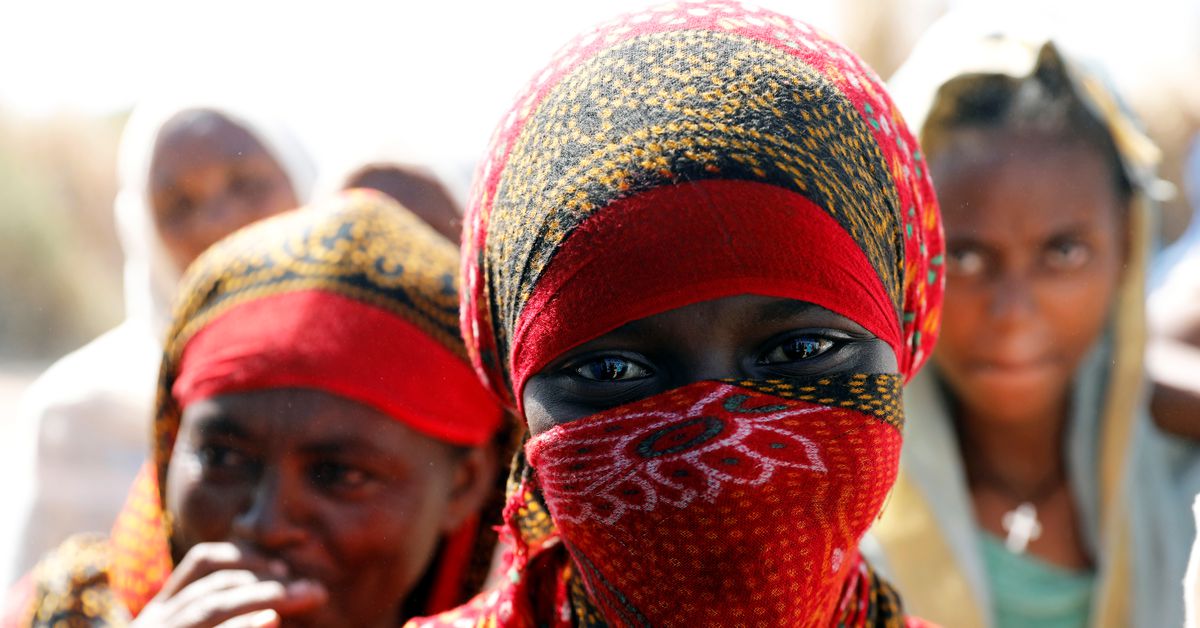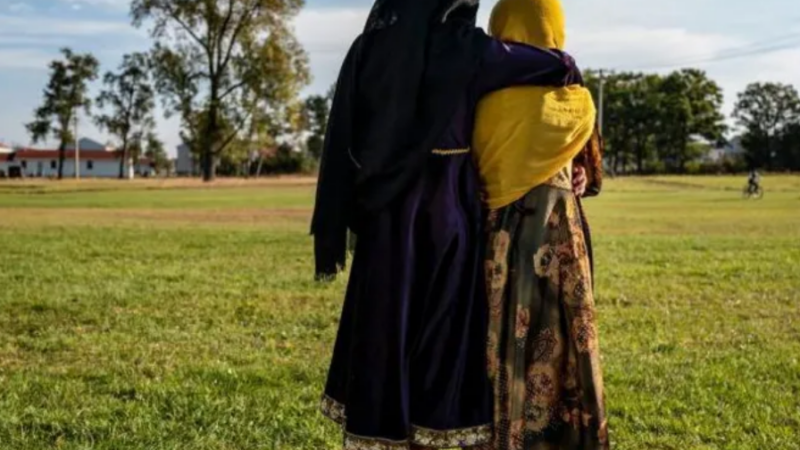EXCLUSIVE: Eritrean and Tigrayan forces killed and raped refugees – HRW

Summary Thousands of Eritrean refugees caught in north Ethiopian war
Refugees distrusted and abused by both sides’ fighters
‘Clear war crimes’ committed, says rights group
NAIROBI, Sept 16 (Reuters) – Eritrean soldiers and Tigrayan militias raped, detained and killed Eritrean refugees in Ethiopia’s northern region of Tigray, an international rights watchdog said on Thursday.
Human Rights Watch’s report detailed attacks around two camps in Tigray, where local forces have battled the Ethiopian government and their Eritrean allies since November in a conflict that has rocked the Horn of Africa region.
Tens of thousands of Eritrean refugees live in Tigray, a mountainous and poor province of about 5 million people.
Tigrayans distrusted them because they were the same nationality as occupying Eritrean soldiers, Eritreans because the refugees’ loyalty was suspect after they fled their homeland.
“The horrific killings, rapes, and looting against Eritrean refugees in Tigray are clear war crimes,” said Laetitia Bader, Horn of Africa director at Human Rights Watch (HRW), whose work – first reported by Reuters – drew on interviews with 28 refugees and other sources, including satellite imagery.
Eritrea’s minister of information did not immediately return calls seeking comment, but Eritrea has previously denied atrocities and said their forces have not targeted civilians.
A spokesman for the Tigray People’s Liberation Front said formal, uniformed Tigrayan forces had only recently moved into the area and that it was possible abuses were committed by local militias.
“It is mostly the last month or so that our forces moved into those areas. There was a huge Eritrean army presence there,” Getachew Reda told Reuters. “If there were vigilante groups acting in the heat of the moment I cannot rule that out.”
International investigators were welcome to visit the area, he said.
Prior to the Tigray conflict, Ethiopia hosted around 150,000 Eritrean refugees, fleeing poverty and authoritarian government.
Much of the report focused on two camps – Shimelba and Hitsats – destroyed during the fighting. HRW cited U.N. refugee agency UNHCR figures that 7,643 out of 20,000 refugees then living in Hitsats and Shimelba camps are still missing.
UNHCR, the United Nations refugee agency, said it was “appalled” at the reports of “immense suffering” in refugee camps, which it was unable to access from November to March.
‘IN EVERY HOUSE, PEOPLE KILLED’
1/4 Eritrean Refugees protest in front of the United Nations High Commissioner for Refugees (UNHCR) offices to condemn the attacks on the refugees in Hitsats and Shimelba camps during the fight between Ethiopia?s National Defence Force and Tigray People Liberation Front (TPLF) in Addis Ababa, Ethiopia July 29, 2021. REUTERS/Tiksa Negeri/File Photo Read More
Eritrean forces arrived in the northern town of Hitsats on Nov. 19, killed residents, and pillaged and occupied the refugee camp, HRW said. Some refugees helped direct looters, one resident told HRW.
“In every house, people were killed,” one resident told HRW.
Four days later, Tigrayan fighters attacked an area near Hitsats camp’s Ethiopian Orthodox church, killing nine refugees and injuring 17, HRW reported.
“My husband had our 4-year-old on his back and our 6-year-old in his arms. As he came back to help me enter the church, they shot him,” one refugee told Human Rights Watch.
Two dozen residents in Hitsats town were reportedly killed in clashes that day, HRW reported.
The report said that HRW had been unable to determine the extent that Tigray’s formal forces directly commanded over local Tigray militias operating around Hitsats.
Shortly after, Eritrean soldiers detained two dozen refugees, who were never seen again, HRW said. They also took the 17 injured refugees back to Eritrea.
Eritrean forces withdrew from Hitsats camp in early December. Tigrayan forces returned on Dec. 5, sending refugees fleeing under attack.
Refugees around the villages of Zelasle and Ziban Gedena, northwest of Hitsats, reported being shot at and attacked with grenades. Tigrayan forces marched fleeing refugees back to Hitsats, shooting some stragglers, refugees reported to HRW. Some women also said they were raped by Tigrayan fighters as they fled. One 27-year-old woman said Tigrayan fighters raped her along with her 17-year-old sister.
Tigrayan forces withdrew from Hitsats on Jan. 4, HRW said. The Eritrean forces returned, ordered remaining refugees to leave, then destroyed the camp.
In the northernmost camp, Shimelba, Eritrean forces killed at least one refugee, raped at least four others and killed local residents, HRW said.
The violence and severe food shortages forced some refugees to return to Eritrea. Others fled south to two other camps, Adi Harush and Mai Aini. Tigrayan forces took over those camps in June and refugees have reported killings and looting.
“We are extremely worried about the current situation of over 20,000 Eritrean refugees living in Mai Aini and Adi Harush camp in southern Tigray,” UNHCR told Reuters on Wednesday, saying there were severe food and water shortages and healthcare was unavailable.
Editing by Andrew Cawthorne
Our Standards: The Thomson Reuters Trust Principles.






